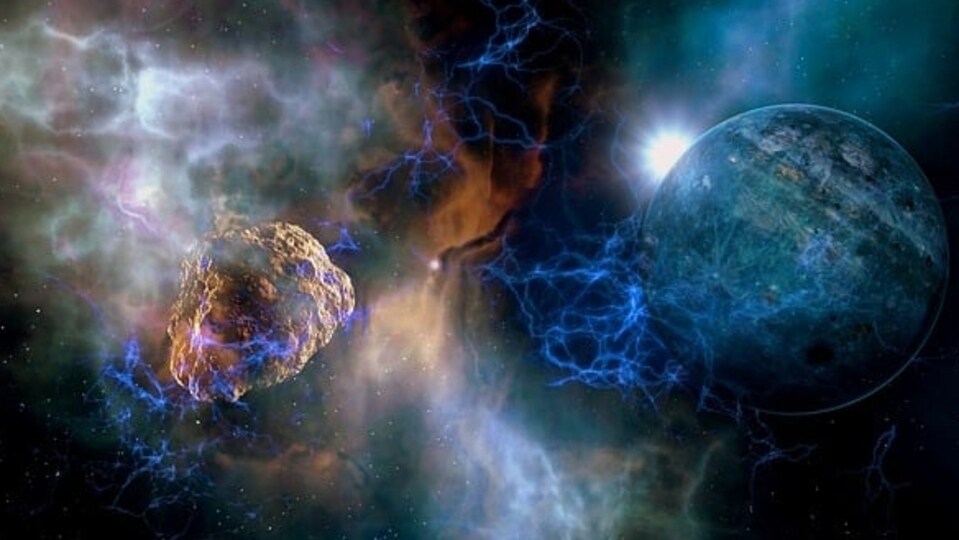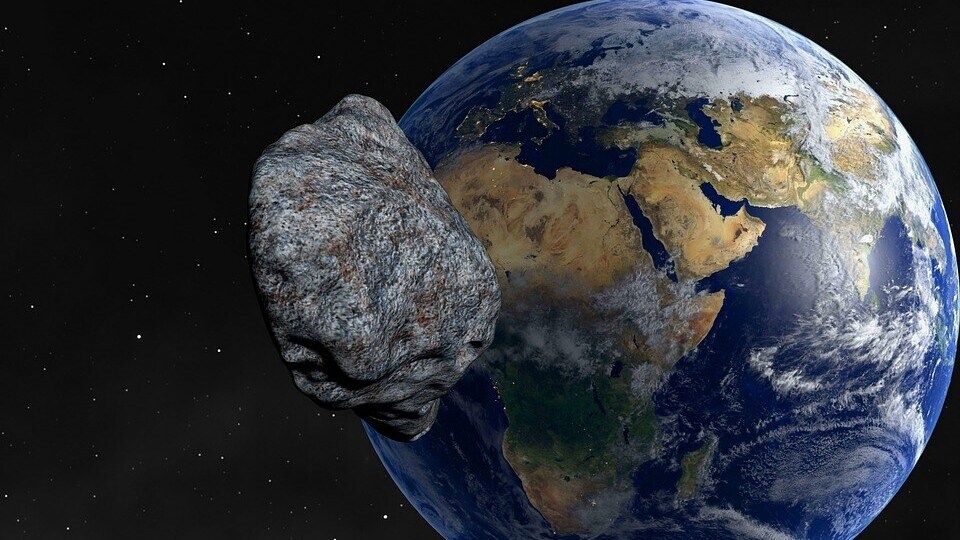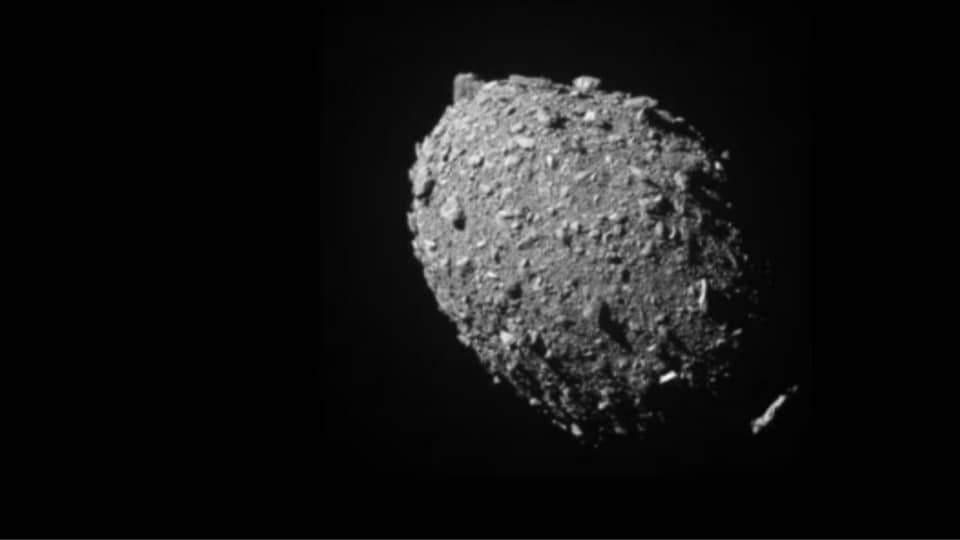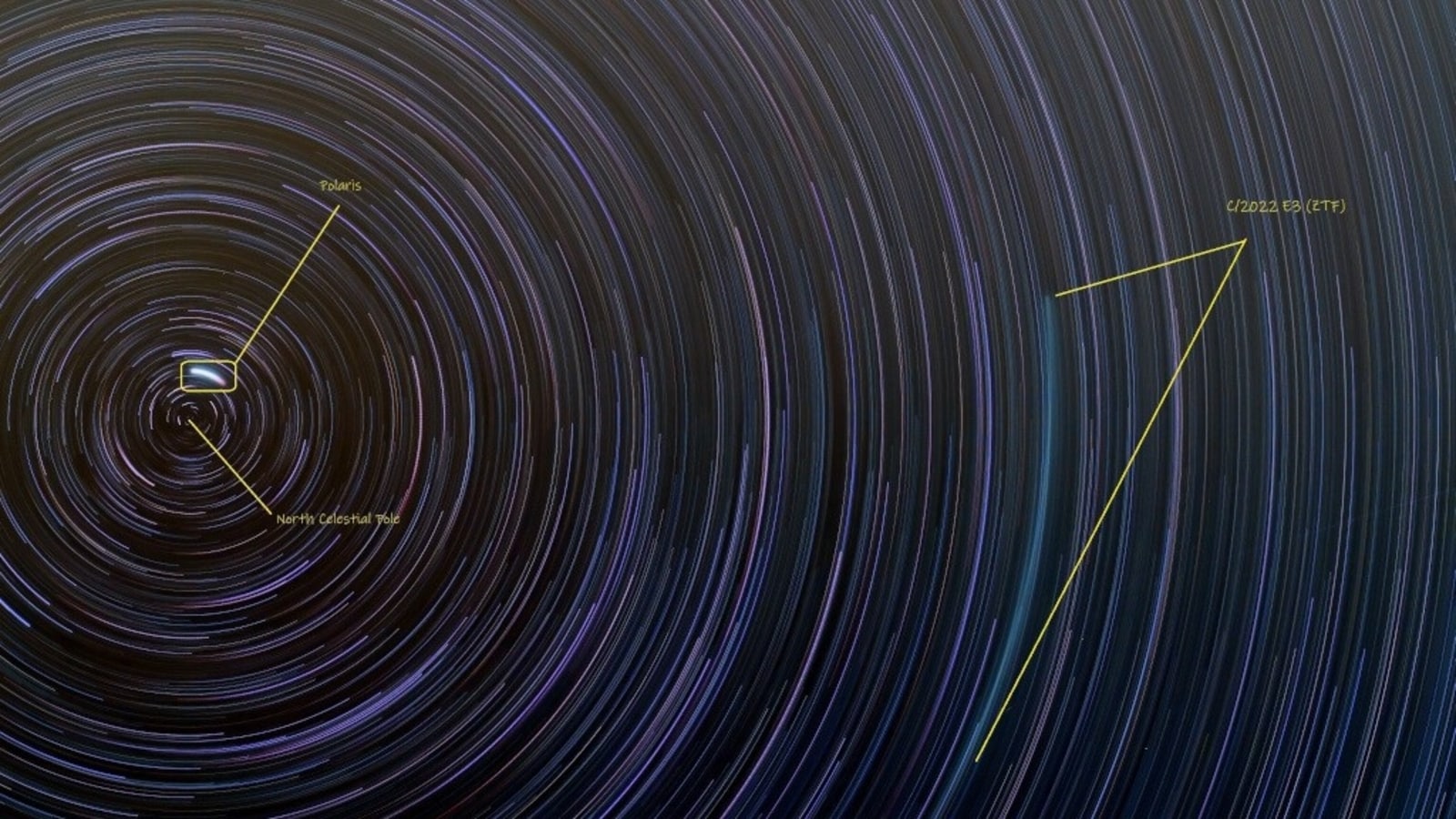NASA Astronomy Picture of the Day 3 February 2023: Comet ZTF leaves awesome trail
NASA’s Astronomy Picture of the Day is a stunning picture of the Comet ZTF as it leaves a trail behind itself that was captured in the northernmost declination of the sky in Spain.






 View all Images
View all ImagesComets are frozen leftovers from the formation of the solar system composed of dust, rock, and ices. They range from a few miles to tens of miles wide, but as they orbit closer to the Sun, they heat up and spew gases and dust into a glowing head that can be larger than a planet. When a comet gets close to the Sun, its ice and dust content start to vaporize. So, when seen in a telescope, a comet appears fuzzy and has a tail.
Although comets often make close trips to Earth, one particular comet has intrigued astronomers and skywatchers alike. The comet is called Comet C/2022E3 (ZTF) and it is a long-period comet that originated in the Oort cloud. What's shocking about this comet is the last time it came close to Earth; it was seen by Neanderthals nearly 50000 years ago in the Upper Paleolithic period.
NASA's Astronomy Picture of the Day is a stunning picture of the Comet ZTF and the trail it leaves behind near the Polaris Star. According to NASA, this comet was discovered by astronomers using the wide-field survey camera at the Zwicky Transient Facility in 2022 in March last year. The image was captured by astrophotographer David Ibarra Gomez with a digital camera fixed to a tripod near Ager, Lleida, Spain.
NASA explains
Stars trace concentric arcs around the North Celestial Pole in this three-hour long night sky composite, recorded with a digital camera fixed to a tripod on January 31, near Àger, Lleida, Spain. On that date Comet C/2022 E3 (ZTF) was near its northernmost declination in planet Earth's sky. That put the comet about 10 degrees from Earth's North Celestial Pole making the comet's position circumpolar, always above the horizon, from all locations on planet Earth at more than 10 degrees northern latitude. In the startrail image, the extension of Earth's axis of rotation into space is at the left. North star Polaris traces the short, bright, concentric arc less than a degree from the North Celestial Pole
The trail of Comet ZTF is indicated at the right, its apparent motion mostly reflecting Earth's rotation like the stars. But heading for its closest approach to planet Earth on February 1, the comet is also moving significantly with respect to the background stars. The diffuse greenish trail of Comet ZTF is an almost concentric arc mingled with startrails as it sweeps through the long-necked constellation Camelopardalis.
Catch all the Latest Tech News, Mobile News, Laptop News, Gaming news, Wearables News , How To News, also keep up with us on Whatsapp channel,Twitter, Facebook, Google News, and Instagram. For our latest videos, subscribe to our YouTube channel.




























